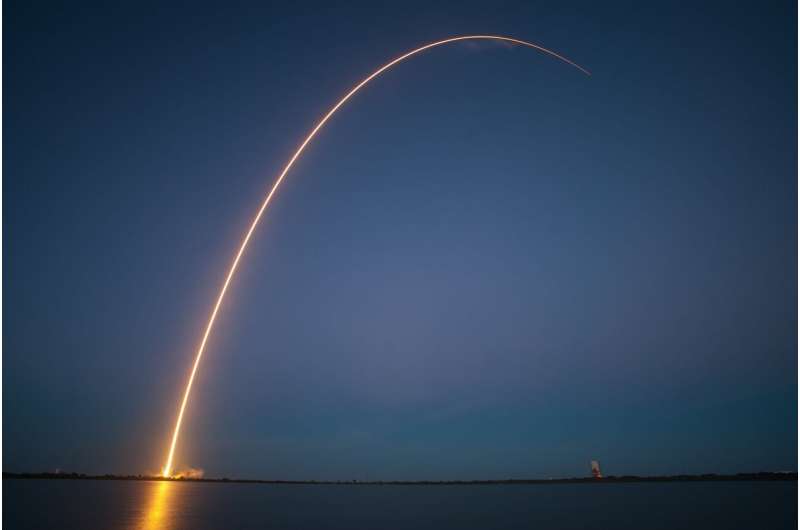Original launches sent up smaller versions, with many flying 60 at a time. While SpaceX awaits a functional version of its in-development Starship and Super Heavy rocket that will be able to fly up more and significantly larger versions, a midterm solution called the V2 Mini has been flying, but only 23 at a time usually.
With these batches SpaceX will have sent up more than 6,250 of the satellites, according to statistics tracked by astronomer Jonathan McDowell. Of those, McDowell states that through March 13, 5,809 are still in orbit, and 5,744 have been assessed as working. The Federal Communications Commission in 2022 upped SpaceX's license to allow for 7,500 satellites in its constellation.
SpaceX has flown all but two of the Space Coast launches this year, with United Launch Alliance responsible for the the others—the first Vulcan Centaur in January and the final Delta IV Heavy launch earlier this month. It's gearing up for its third launch, an Atlas V, with what would be the first crewed flight of Boeing's CST-100 Starliner taking up a pair of NASA astronauts to the International Space Station. It's aiming for a May 6 liftoff at 10:34 p.m.
SpaceX has several more launches on tap before then, most dedicated to Starlink.
Including this and Thursday's planned Starlink launch, 16 of SpaceX's 27 launches from the Space Coast will have been for Starlink.
Including its California launches from Vandenberg Space Force Base, they will have made up 27 of 40 launches for the year if Thursday's is successful as well. The company has stated it could fly as many as 148 orbital missions, which would break its record 96 flown in 2023.
The majority of those would be from KSC and Canaveral, which could surpass 100 launches for the year.
2024 Orlando Sentinel. Distributed by Tribune Content Agency, LLC.



